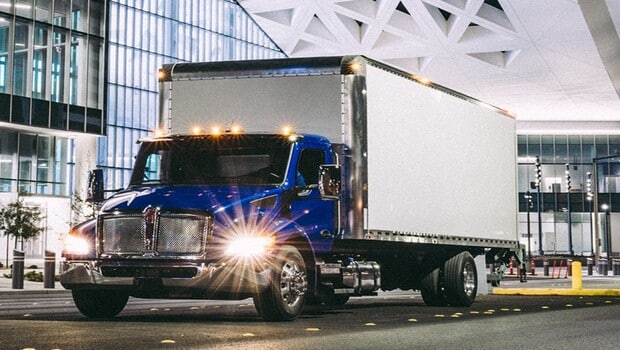Truck Dispatch Systems
Modern truck dispatch systems are essential for efficient logistics in New York. These systems integrate various aspects of logistics management, evolving from basic manual processes to sophisticated digital management systems.
Here are the key components and features of an effective truck dispatch system:
- Real-time GPS Tracking: This allows dispatchers to monitor vehicle locations accurately, providing precise delivery time estimates and enabling route optimization.
- Efficient Route Planning: The system optimizes routes based on traffic patterns and delivery schedules, saving time and reducing fuel consumption.
- Automated Load Matching: AI-driven algorithms efficiently pair available trucks with suitable loads, optimizing fleet utilization.
- Digital Documentation: Electronic bills of lading and proof of delivery facilitate paperless operations, reducing errors and improving efficiency.
- Integration Capabilities: APIs connect the dispatch system with other software like warehouse management systems, ERP software, and customer portals, ensuring seamless data flow.
- Automated Communication: This feature streamlines communication between the driver, customer, and dispatcher, reducing manual errors and saving time.
These advanced dispatch systems have transformed truck dispatch operations, allowing dispatchers to manage larger fleets more efficiently. By automating end-to-end dispatch management, these systems help meet the need for faster deliveries and tighter logistics chains.

Service Areas and Availability
Truck dispatch services in New York cover a vast and diverse area, extending beyond city limits to serve the tri-state region. While the five boroughs—Manhattan, Brooklyn, Queens, The Bronx, and Staten Island—form the core of most dispatch operations, many services extend to Long Island, Hudson Valley, New Jersey, and Connecticut.
Availability is also an important factor in New York’s fast-paced business environment. Most reputable dispatch services like Fleet Care offer 24/7 operations to accommodate round-the-clock manufacturing and retail schedules. They can also help owner-operators and trucking companies scale up during peak periods like the holiday shopping season.















